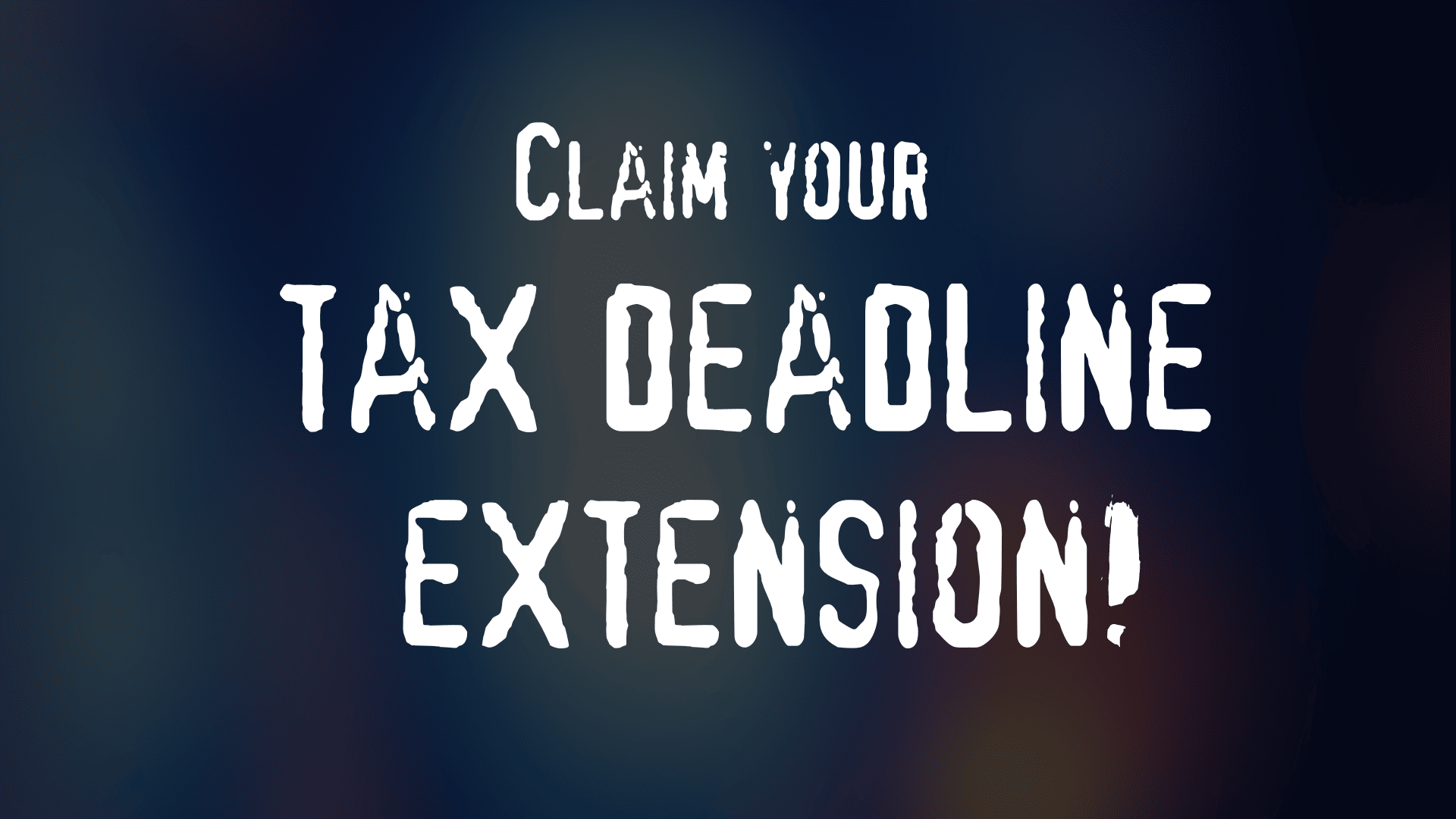Tax is likely to be on your mind whether you’re going cold turkey into freelancing from a salaried job or easing yourself gradually into full-time freelancing (by doing side gigs),.
For an employed person, paying tax is a minor concern because the payroll department takes care of it. Also, end-of-year returns for employees are a doddle because the My IR site steps employed people through it.
With self-employment, the onus is on you to calculate and pay tax when it’s due. And it’s not done every month – it’ll be at the end of the tax year or in three installments, as provisional tax. There’s GST to think about too, if you earn enough from freelancing to register for GST.
Easing into freelancing with side gigs
Being able to support yourself with freelancing involves gathering up enough regular clients to provide a steady stream of work. That doesn’t happen overnight, so many newbie freelancers keep their day job and work their freelance gigs in their own time. Exhausting, but worth it if your goal is professional freedom.
For a side hustle, it’s best to bank the income into a separate account. It’ll make EOFY (end of financial year) accounting easier. Keep in mind that the money going into the account hasn’t been taxed, so around a third of it shouldn’t be available for spending. You could set up an extra account called ‘tax’ and put a third of all your side-gig income into it for paying tax when it’s due.
After March 31(and before 7 July), you need to file a return (IR3) that declares all sources of income and tax already paid (from your salaried work). That return will reveal how much extra tax you need to pay for your side gigs.
If your income from freelancing on the side reaches $60,000 you’ll need to register for GST. More about that below.
Read an article about freelancing on the side.
Jumping into freelancing cold turkey
Cutting ties with your employer and launching into full-time freelancing is a bold move, but many people manage the transition successfully. Hopefully you’ll have a cushion of savings stashed away to help you along while your business picks up steam.
Your first year of freelancing is likely to be a partial year, unless you timed your start for 1 April (the official beginning of the NZ tax year). During this year there’s no tax to pay as you go, however you should keep around 30% of your income untouched because Inland Revenue are going to want it at some point. As soon as your freelancing income hits $60,000 you’ll need to register for GST – keep reading to find out how.
Registering for GST
You need to register for GST if you’re a self-employed individual earning more than $60,000 a year. The self-employed individual category includes freelancers, contractors and sole traders, as well as wage and salary earners.
If you join Afirmo, getting registered for GST is easy. We’ll walk you through the process and make it happen with our easy online tax tools. Alternatively, you can do it yourself using the Inland Revenue website or pay an accountant to do it for you. See our guide to registering for GST in New Zealand.
Order of events for your first tax year as a freelancer
Whether you’ve worked a part or full financial year, a whole string of events starts to roll out after March 31, the official end of the tax year.
31 March – End of first financial year
Once this date has ticked over, it’s time to complete your individual tax return – IR3. This gives you the chance to declare income from self-employment. Inland Revenue will already know about taxed income received during the year from salary and wages.
7 July – File tax return for first financial year
The last date for filing your IR3 is 7 July, so don’t forget. If the tax return shows you owe more than $5,000 in tax you will have to start paying provisional tax going forward. Read more about provisional tax. If you owe less than $5,000 in tax, provisional tax doesn’t apply and you can continue paying tax in one lump (dates for that to follow).
28 August – Provisional tax instalment #1
On this date you pay your first instalment of provisional tax for your second financial year.
15 January – Provisional tax instalment #2
On this date you pay your second instalment of provisional tax for your second financial year.
7 February – Tax payment for your first financial year – no tax agent
If you did your tax return yourself, with no help from an accountant or a service like Afirmo, the tax for your first financial year is due now.
31 March – End of your second financial year
It’s time for another tax return – IR3.
7 April – Tax payment for your first financial year – tax agent involved
If you completed your tax return with help from an accountant or a service like Afirmo, the tax for your first financial year is due now.
7 May – Provisional tax instalment #3
On this date you pay your third instalment of provisional tax for your second financial year.
7 July – File tax return for second financial year
File end-of-year tax return (IR3) for second year showing actual income and tax still owing or refund due.
Still confused or don’t want to think about it?
Transitioning into self-employment is hard work, made even harder with all the new dates, rules and tax requirements you have to absorb. If you want to take the easy route and keep your deep thinking for freelance projects, rather than accounting, Afirmo is ready to help.
Our Starter Plan is free, and you can add extra services you need for an annual fee. All up, it’ll cost you much less than working with a chartered accountant. In addition to the tax tools you’ll need, there are tools for money management, marketing, sales and insurance.




